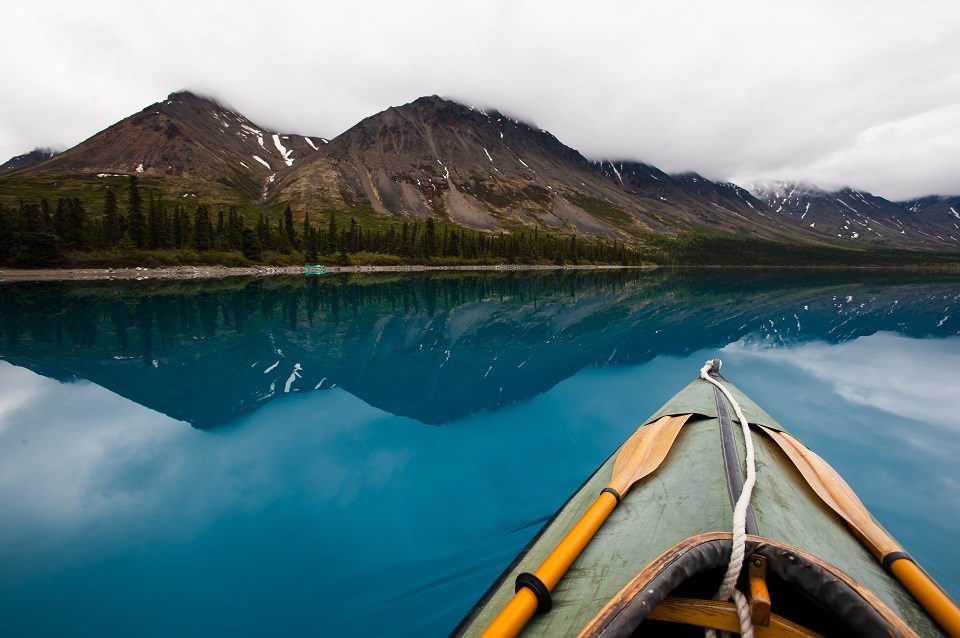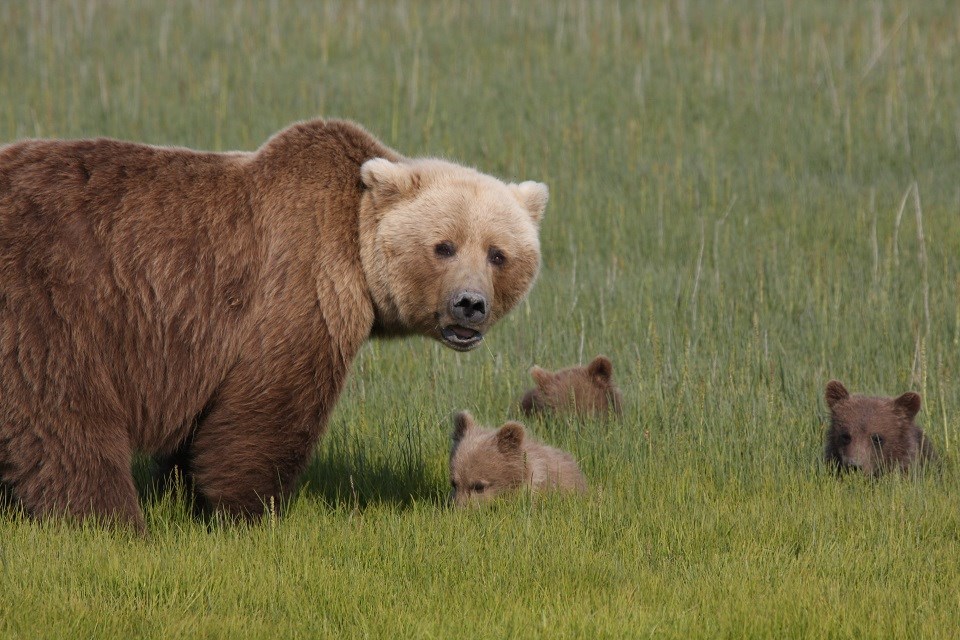Last updated: September 26, 2018
Article
National Park Getaway: Lake Clark National Park & Preserve
By Megan Richotte, Chief of Interpretation, Lake Clark National Park and Preserve

NPS Photo
Some have called this park “little Alaska.” It's a land of stunning beauty where volcanoes steam, salmon run, bears forage, craggy mountains reflect in shimmering turquoise lakes, and local people and culture still depend on the land and water of their home.
Solitude is found around every bend in the river and shoulder of a mountain. Lake Clark National Park and Preserve extends from the saltwater shores of Cook Inlet, through the craggy Chigmit and Neacola Mountains, includes the steaming Redoubt and Iliamna volcanoes, and crosses through alpine tundra studded with shimmering turquoise lakes and braided glacial rivers. Shhh… this is 4 million acres of wonder!

NPS Photo
Water rich, the park protects the headwaters, spawning grounds, and water quality for North America's most abundant salmon runs in the Nushagak and Kvichak Rivers of the Bristol Bay watershed. Like to fish? The park has fish, and they're not all salmon.
Spectacular backpacking, rafting, and kayaking opportunities invite visitors to explore the lakes, tundra, braided rivers, and boreal forests in the shadows of the towering Chigmit and Neacola Mountains. There's nothing quite so rejuvenating as soaking in the midnight sun on a quiet night with friends or family on a remote river bar or high-tundra campsite.
Tucked on the southern shore of Upper Twin Lake north of Lake Clark is a hand-hewn cabinbuilt and lived in by one of Alaska's foremost wilderness advocates, Richard Proenneke. Today this national historic site is an exploratory exhibit where visitors can sit at Proenneke's writing desk, walk his beach, and explore his wilderness.

NPS Photo / J. Mills
Where the road ends, life begins. Lake Clark is not a windshield park. It's not a place to be afraid of either. Trip planning assistance including information on how to get to the park, guide services, and even private lodging options are available. When it's time to point your boots in a new direction and step off the beaten path, Lake Clark is waiting.
